It’s been many years since I was last in Greece. Greece was my first bit of independent travel – sleeping on beaches and the roofs of half built hotels. Living on gyro wraps and stuffed tomatoes. Curing evil hangovers from ‘Domestos” and Retsina by throwing myself into the azure sea. There were men playing backgammon, women in black, donkeys and olive trees and hillsides carpeted with thyme
So what a surprise that so little has changed. At least here, on the sun drenched island of Leros, life on the Greek islands is just about as I remember it.

The tiny square below our house is a microcosm of traditional island life. The same people in the same place every day: father and son sitting expectantly outside their vegetable shop, the souvlaki man attending his grill, Maria behind the counter in the bakery, the men playing backgammon intently outside the café. Others just watching to see who goes by. We are becoming familiar faces. Everybody nods a we pass: kalimera, kalispera, kalinichta…..
I’ve been trying to find out what food this island produces and am pleased to discover just how many people still live close to the land. We’ve been living on a diet of locally produced food – from ripe vegetables to marinated fish, milk fed lamb, thyme scented honey, and of course, goats cheese.
Last week I went to see how they make the island’s specialty, a cheese called Mezithra. It was much like the visit to Domingo’s in the south of Spain– but Greek style with the usual disdain for the EU. No white caps and overalls, just Michalis in a rambling shack under a grape vine. Here he is stirring his curds over a wood fired stove with a palm branch.

Michalis hands us a plate of steaming ricotta, the basis for Myzithra. It’s warm and slightly sweet and reminds me of scrambled eggs. Once salted and dried it hardens into something quite sharp and crumbly and is commonly used instead of parmesan on top of pasta.
Michalis is the fourth generation of cheese makers in his family and like Domingo, he makes a range from fresh to aged cheeses, though unlike Domingo, leaves me very confused about which is which. While he dashes back and forth between stirring and herding and sheering goats, his sprightly 94 year old father chats to us in an incomprehensible mixture of Greek and Italian. I am none the wiser
I’m told that this cheese used to be cured in the sea which sounds very romantic to me. Nowadays, however, it is rolled in salt and left to cure much the same way I saw in Spain. However, after curing, it is rolled in olive oil and wine sediment which gives it a dark brown oily coating. And the taste? Wonderful. Full of the flavours of all the wild herbs and leaves the goats have been eating – of thyme, oregano, pistachio and a touch of wine. Quite different from any goats cheese I’ve had before. 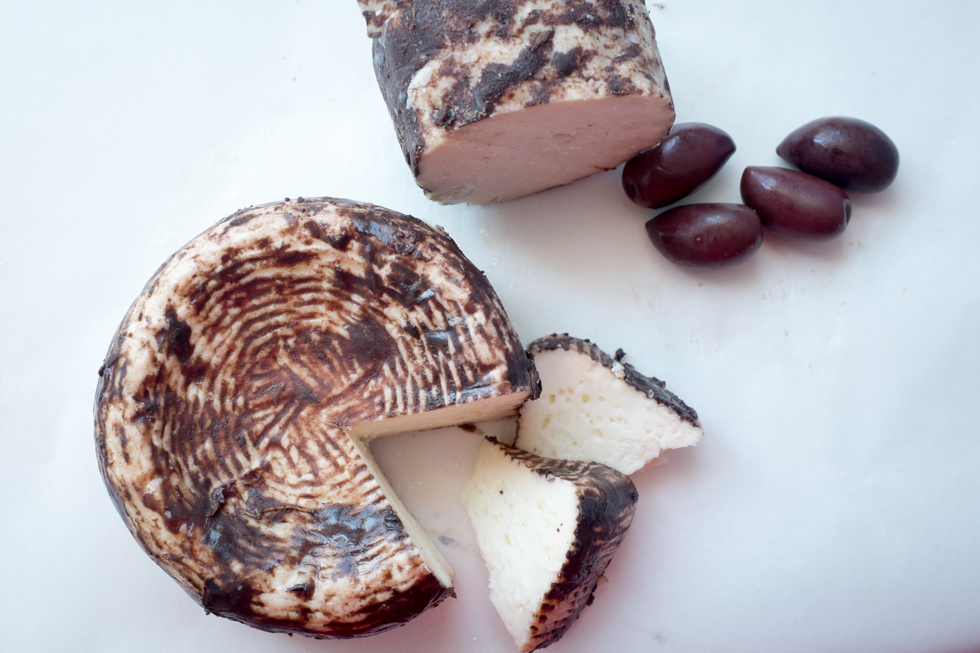
But competition, I’m told, is tough. This same style vacuum packed cheese is sold all over Leros. At first I assumed it all came from the same source but apparently not. People have copied him, he complains. “Why don’t you put a label on yours?” I say to Michalis, offering a bit of marketing advice. “I never know which one is yours.” “Ticket?” he says excitedly, having understood me. “You want ticket?” and he rummages around in the drawer to find one of his labels to stick on my cheese.
Oh well, I suppose this is why you can come back after so much time and find so little has changed
– and in this mad world there’s something to be said for that.
And the hangovers? Oh yes, you can still get them too!
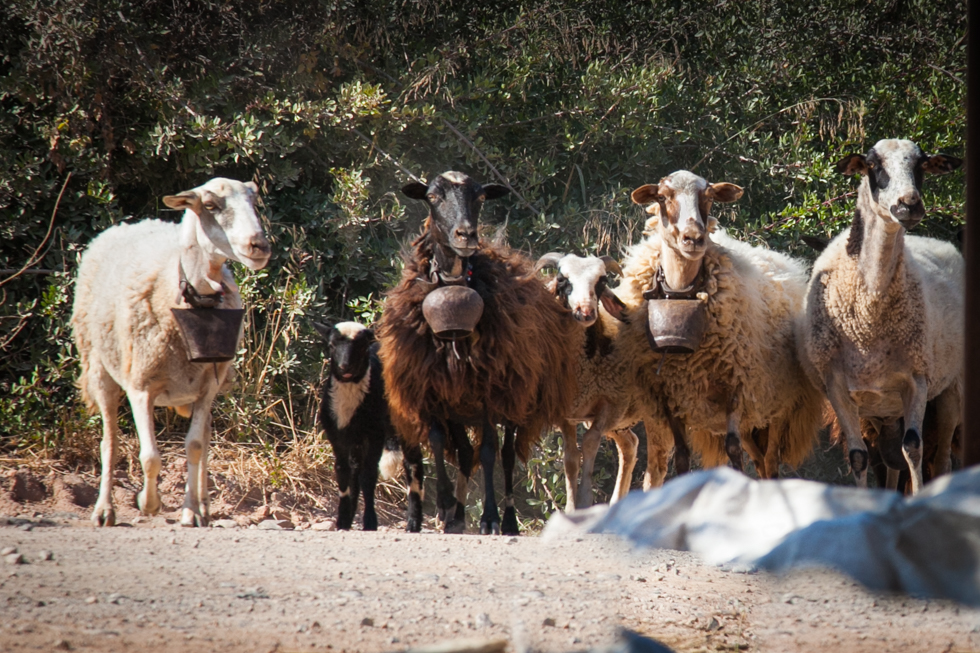
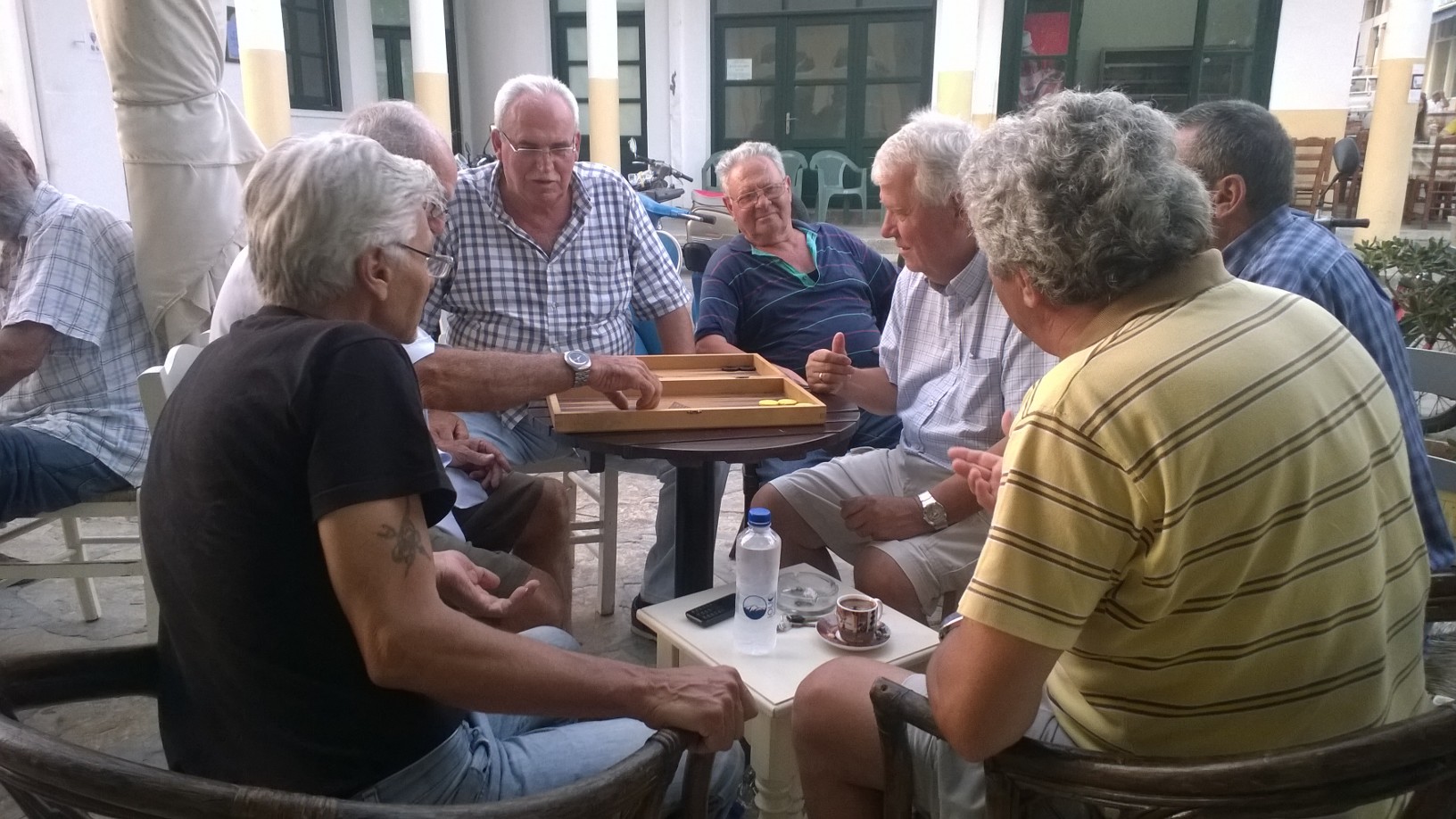
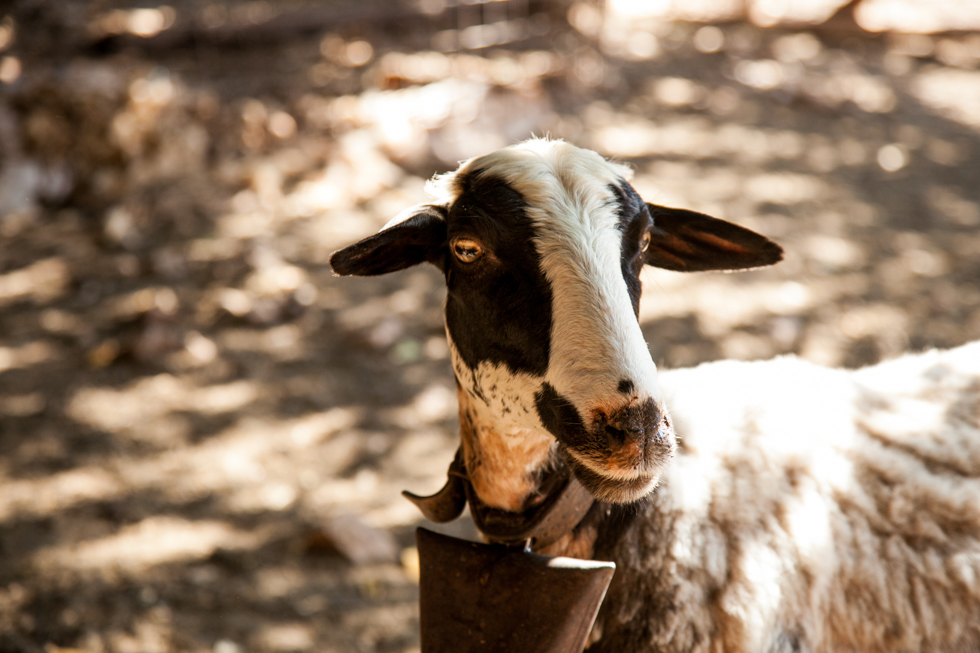
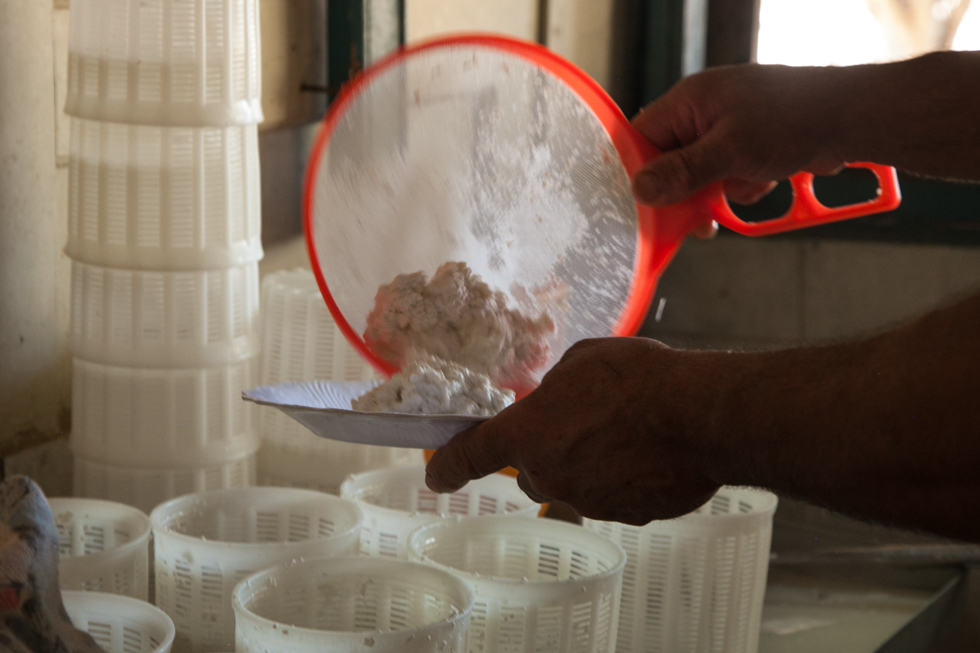
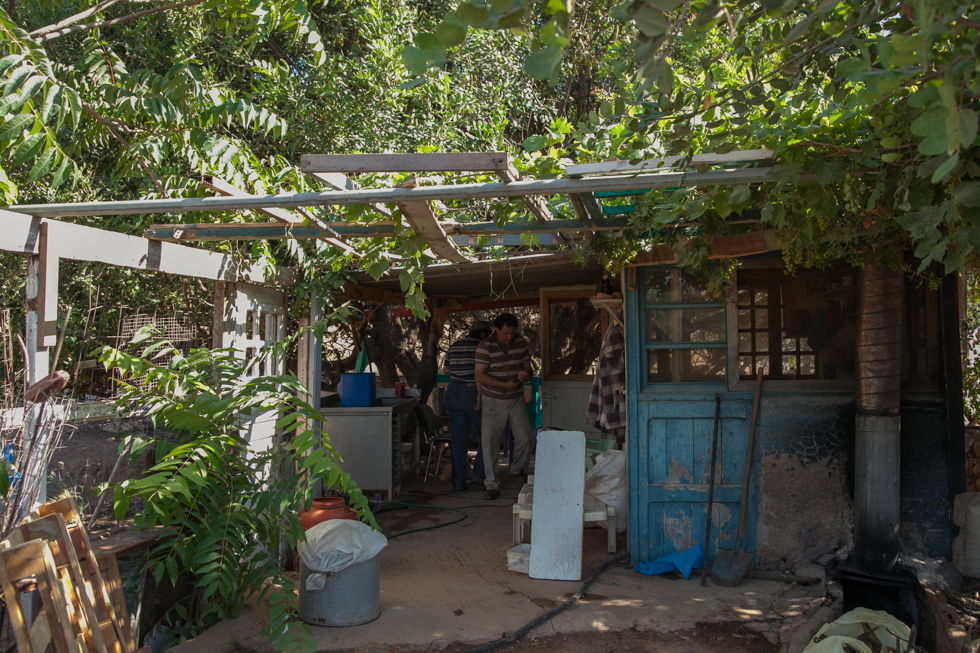
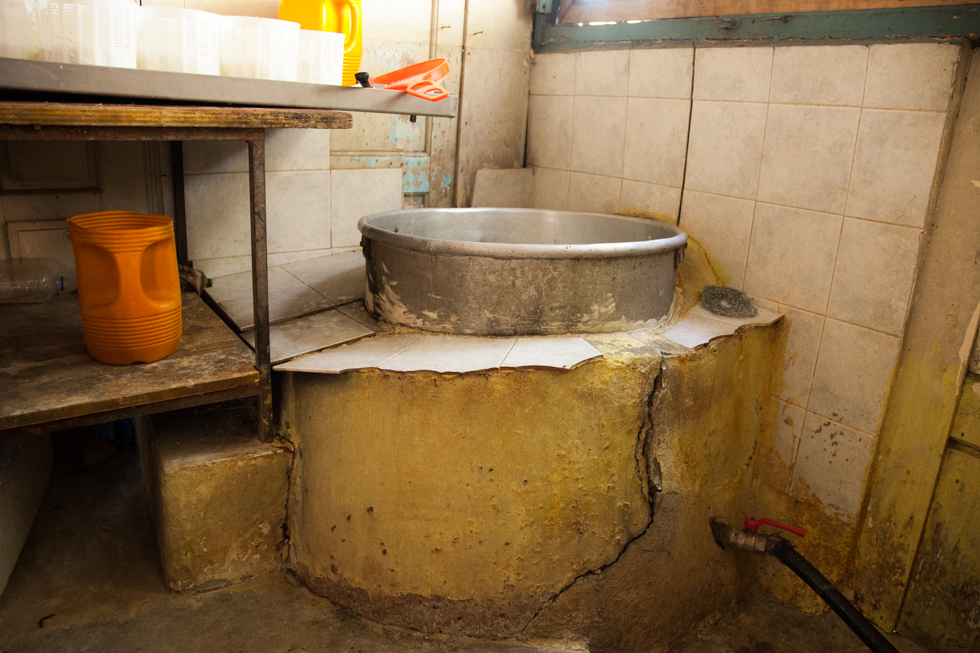
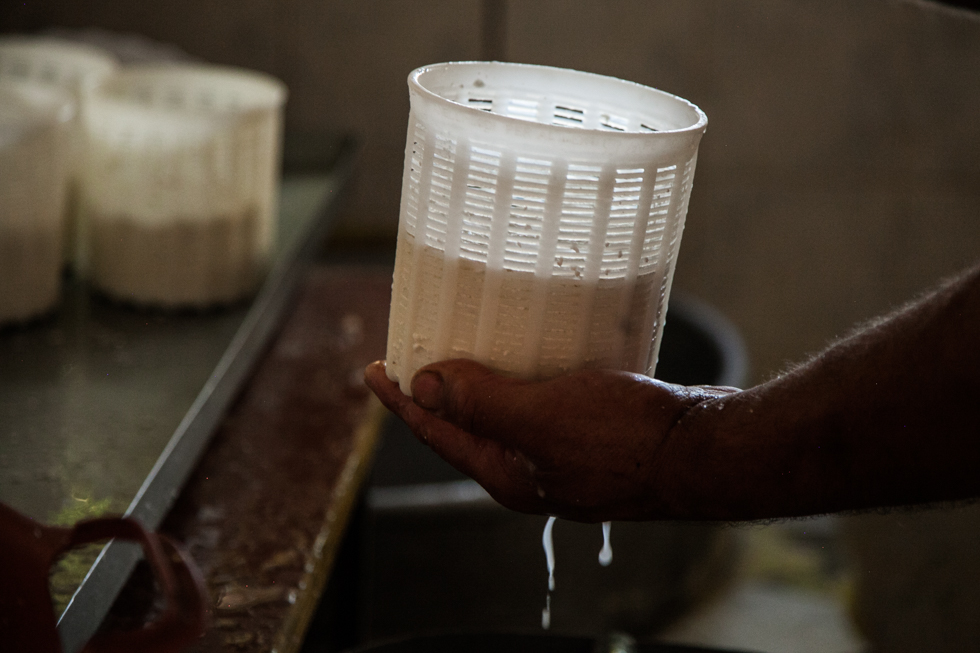
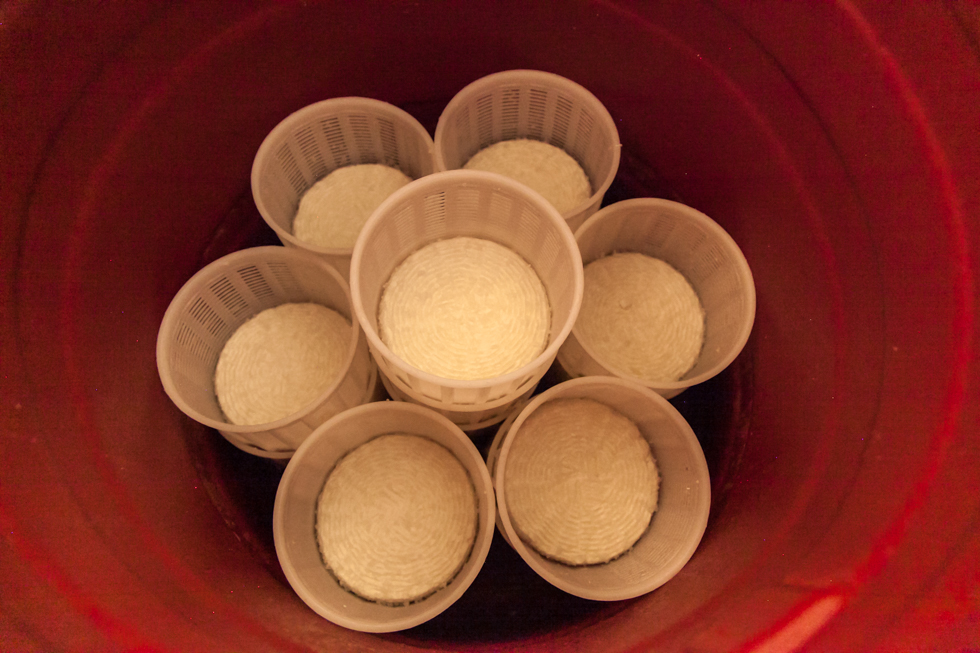


Fiona says
Another great story. You’ll have to publish a book with all these beautiful photos and stories one day soon.
´Néstor says
Es una bella historia y las fotos verdaderas joyas, podemos ver tu vida griega, la comida debe ser exquisita. Sigue contando las cosas de allí..Felicidades
Suzanne Rico says
I love how your photos and story make me feel like I am there!